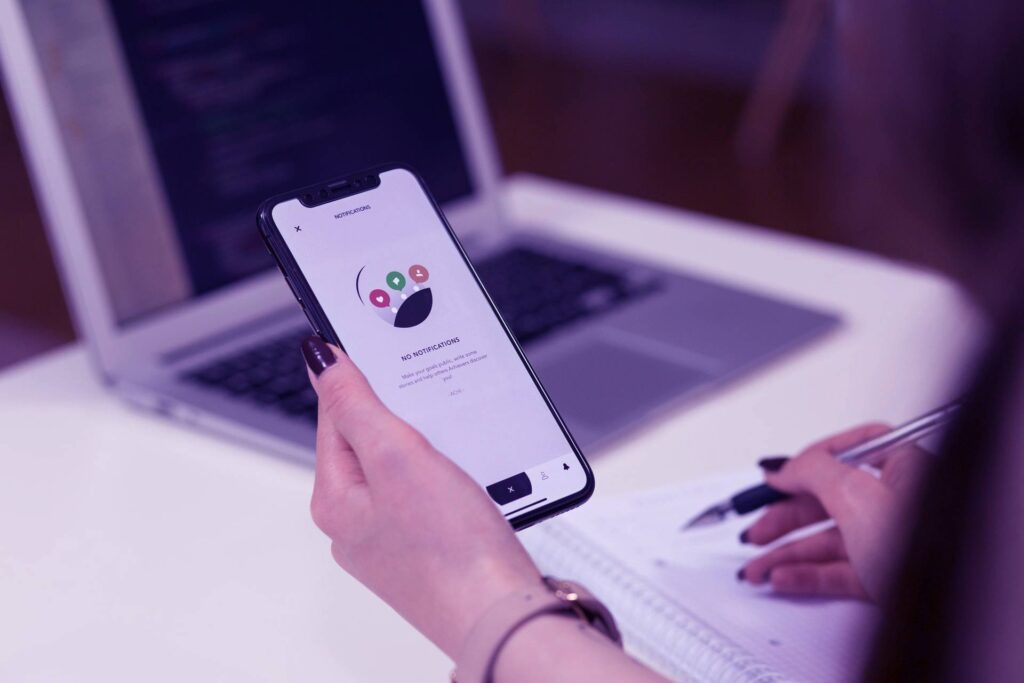How to Perform User Testing for your App

The first phase in user testing is to decide just what you want to achieve out of the evaluation. Your priorities will dictate anything from your test methods to the specific setting, activities, and queries you ask your volunteers.
This influence makes it important to set the priorities before moving even further.
What is the Process of User Testing for your App?
Your consumer testing priorities can vary based on when your software is throughout its lifespan. For example, if you intend on performing user testing prior to the production process of your app, your priorities would be more centered on experimentation and learning.
To that end, figure out what the potential audiences require, what related applications or items they currently have, and what pressure points they need assistance with. During this process, you’re not going to have a working prototype of the software to analyze, but you don’t need one to meet your consumer testing goals.
Discussions of audiences, focus group meetings and competitor analysis work efficiently to get to the core of the desires and needs of the potential users.
What is the Target of User Testing for your App?
The target of user testing during production tends to skew more toward verification and evaluation.
This is, figure out if consumers appreciate and appreciate your software, and if the functionality suits their needs.
To do this, exploit early iterations of the app, sketches, and mock-ups.
When Should User Testing End?
Testing doesn’t end until the product is in app stores. It’s vital to continue experimenting and make sure you haven’t missed any chances with your customers and keep your app updated with changing consumer preferences.
Your objectives in the post-launch process would depend on evaluation and further confirmation. That’s how the software works, the enhancement possibilities, and why the user interface appeals to consumers.
To do this, send the participants your current app and attempt A/B research to narrow down what resonates most with your customers.
How to User Test Your App Effectively?
Once you have set your customer research targets, you ought to move a little further and set specific targets for single tests. Learn to get to grips with the most critical insights you would like to gain rather than try to evaluate all at once.
Understand, you’re not searching for general feedback, you’re searching to discover real issues. When you want to learn so many at once, you run the risk of carrying out a lengthy and cumbersome examination that fatigues the participants.
It’s much easier to misinterpret the findings with the next move when you’re trying to solve too many. Your core priorities and basic research objectives work together to shape the basis of the user testing framework.
Which Type of User Testing Should You Opt For?
User testing can take place either in person or online. You would want to watch participants using the product for all forms of tests and to discover some usability problems.
Both in-person and remote testing have their advantages and disadvantages. Through in-person testing, you would have the ability to create a real bond with the respondents and to see their responses.
It’s a lot easier to decipher somebody’s nonverbal communication in person than it is at a video call. In-person training often allows it possible to use the participant’s body language signals to assess when asking questions for explanation or digging for further input.
These in-person encounters, though, come at a charge. They also require more time because they include travelling to a site, setting up a training area, and being present during each participant’s session.
You can also incur costs if you need to reserve physical space for research. Remote testing performs great for unmediated sessions as well as for more constrained budgets.
This method of research is also suitable for tighter timeframes since there is no need for transport or testing equipment and as there is less burden on test moderators. The main drawbacks, though, are that you can’t read body language and it’s more challenging to follow up or delve further into the input of the participants.
